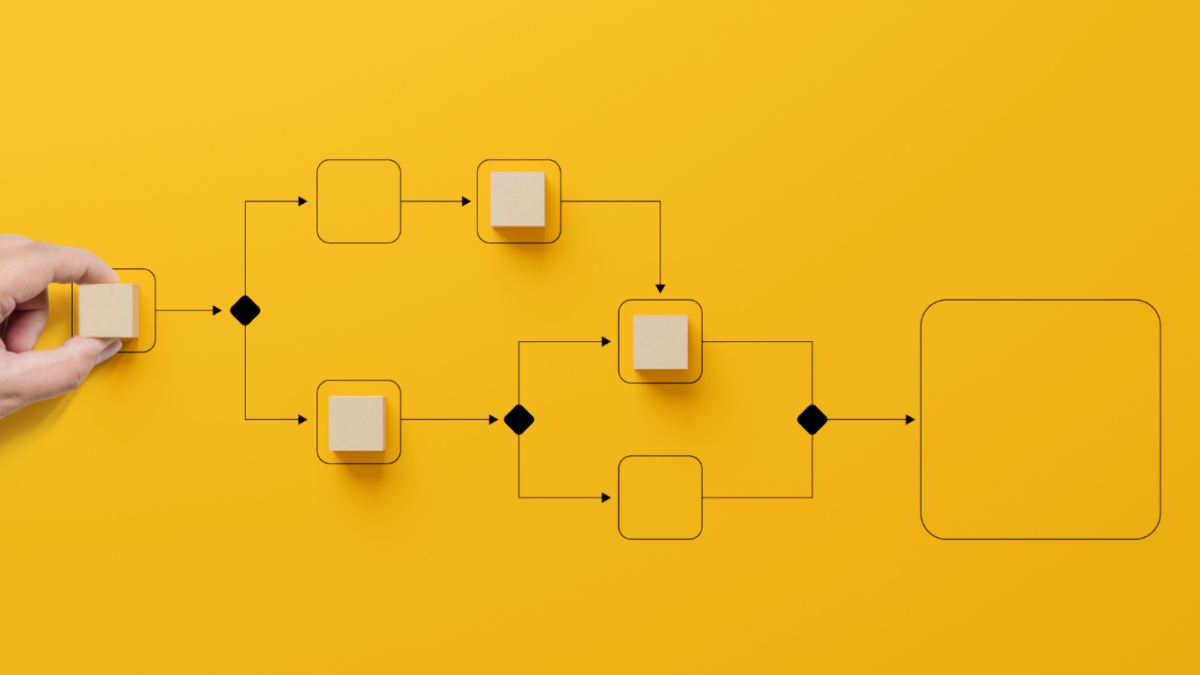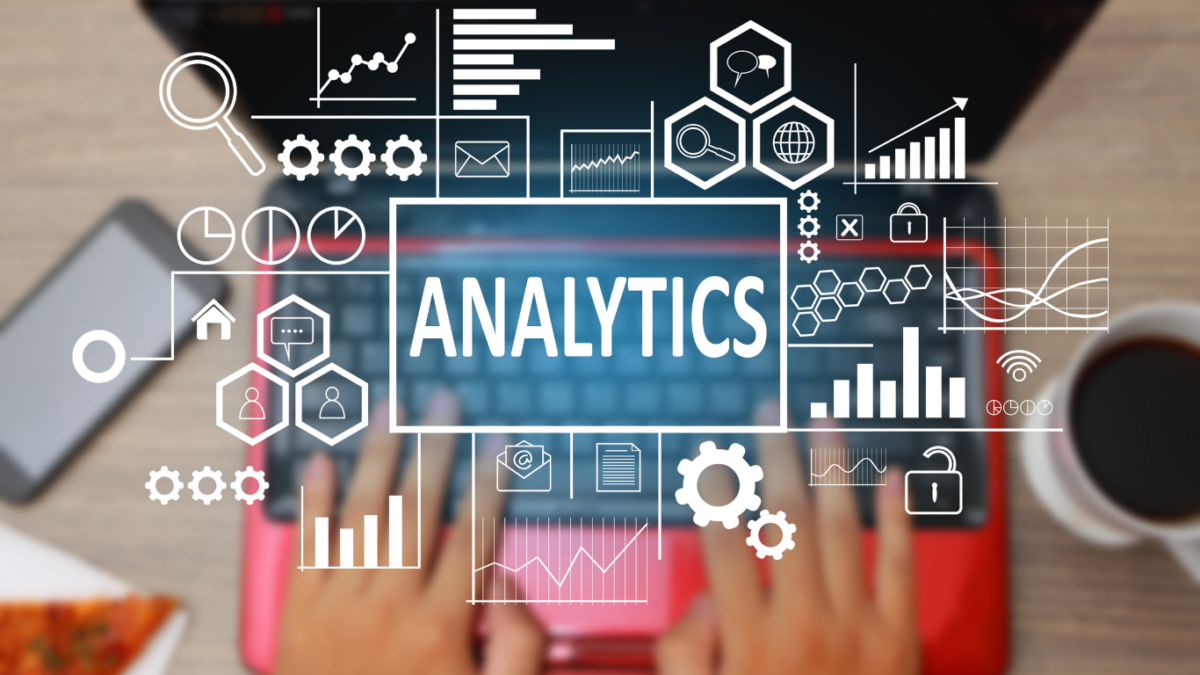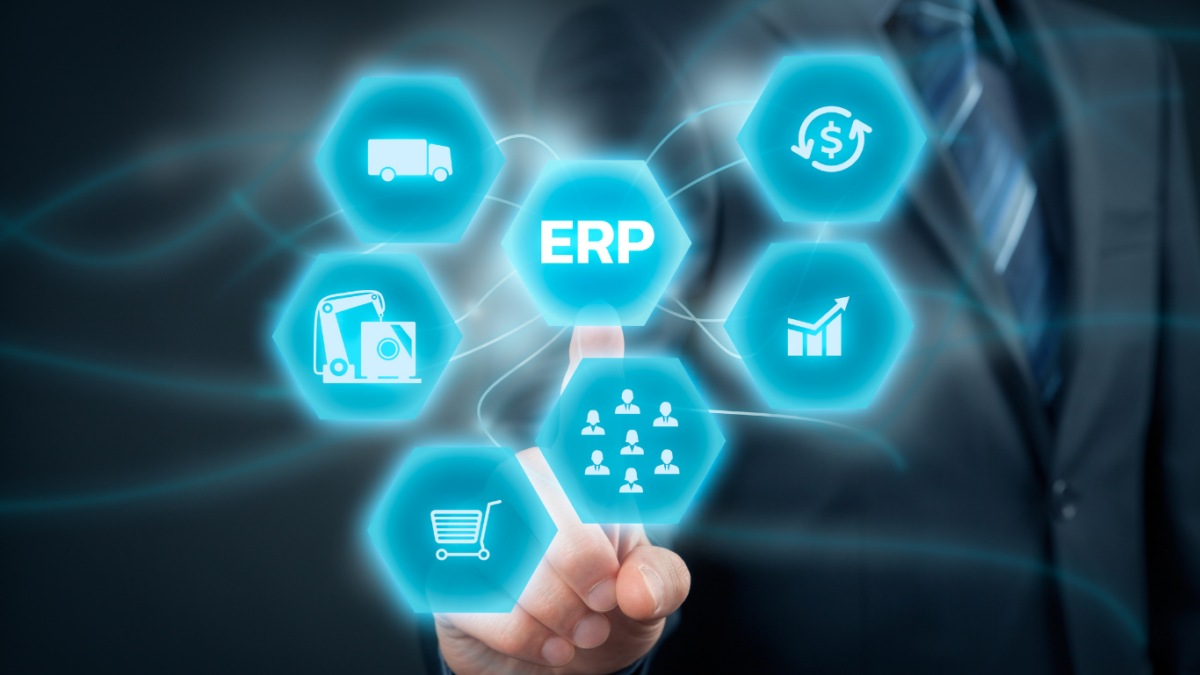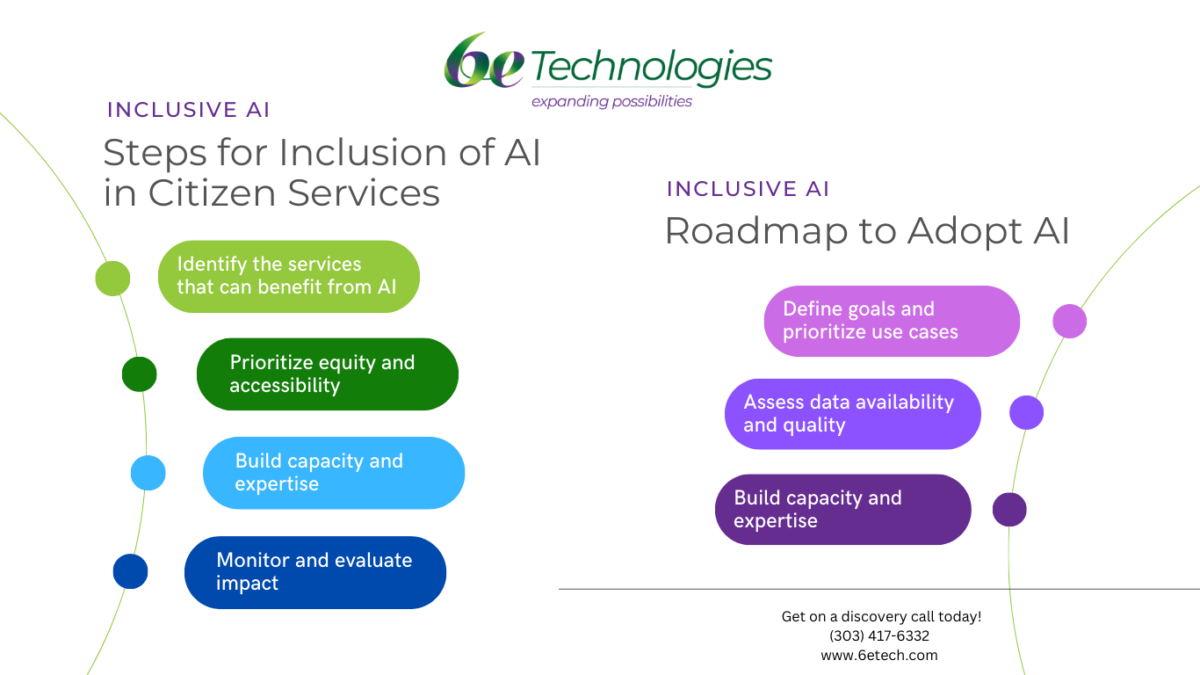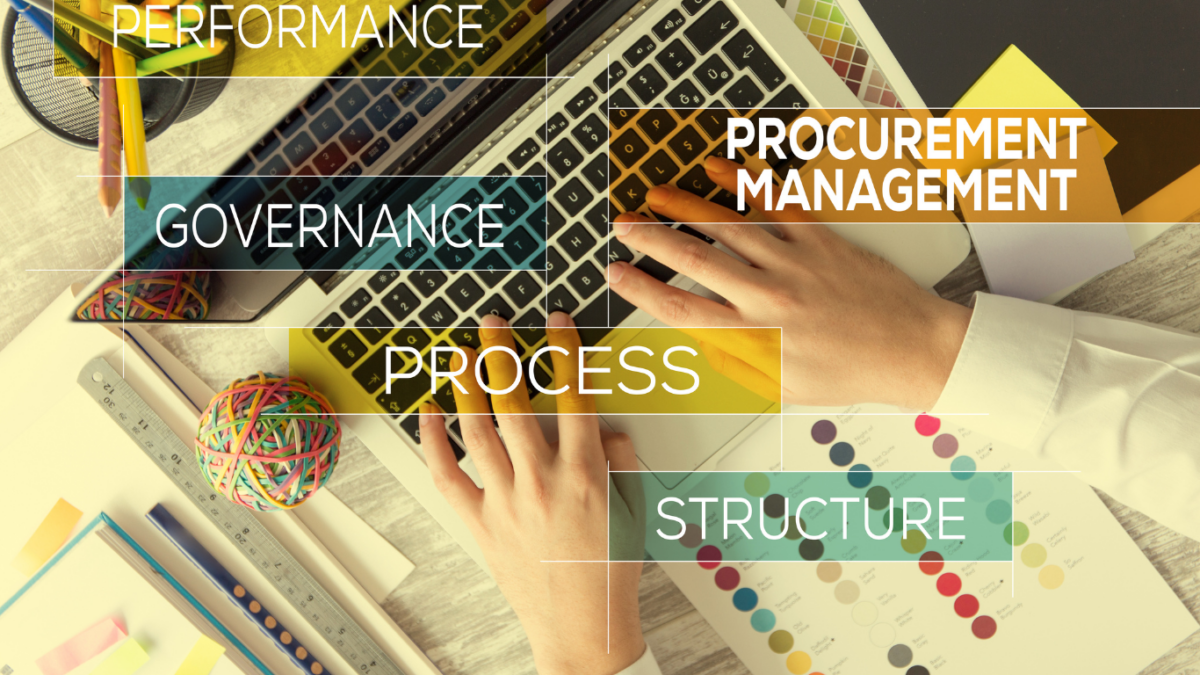Introduction
In the ever-evolving world of technology, businesses constantly seek ways to streamline operations and enhance efficiency. One area that has garnered significant attention in recent years is records management. Traditionally a time-consuming and often error-prone process, records management has witnessed a paradigm shift with the introduction of Robotic Process Automation (RPA). This transformative technology reshapes how organizations handle their records, leading to improved accuracy, accelerated processing, and unparalleled operational efficiency.
The Importance of Records Management
Before delving into the significance of incorporating RPA into records management, it’s essential to understand why records management holds a pivotal role in modern business operations.
In an era where data drives decision-making, maintaining accurate and organized records is crucial for organizations of all sizes. Records encompass a wide range of data, from financial transactions and customer interactions to operational logs and compliance documentation. Efficient records management ensures regulatory compliance, supports informed decision-making, fosters transparency, and facilitates effective communication.
The Challenges of Traditional Records Management
Records management has traditionally been labor-intensive, requiring significant human resources to categorize, sort, and store information manually. This approach is susceptible to errors, inconsistencies, and delays, which can seriously affect businesses.
Moreover, as organizations grow and accumulate data, the sheer volume of records can overwhelm manual systems. Retrieving specific information from vast databases becomes time-consuming, hindering swift decision-making and potentially impacting customer service.
The Transformational Power of RPA in Records Management
Robotic Process Automation (RPA) offers a revolutionary solution to the challenges faced in records management. By harnessing the capabilities of software robots, RPA automates repetitive and rule-based tasks, drastically reducing the need for manual intervention. This paradigm shift has far-reaching implications for records management processes’ efficiency, accuracy, and scalability.
- Enhanced Accuracy: One of the most significant advantages of integrating RPA into records management is eliminating human errors. RPA software robots perform tasks consistently, reducing the risk of data inaccuracies that can have a domino effect on organizational decision-making.
- Accelerated Processing: RPA’s ability to process data at remarkable speeds transforms the records management landscape. Tasks that would take hours or days to complete manually can now be accomplished in a fraction of the time. This agility empowers organizations to respond swiftly to changing market dynamics and capitalize on emerging opportunities.
- Streamlined Retrieval: Understanding the value of timely information is essential to appreciate how RPA’s automated data retrieval capabilities transform access to records. RPA bots can quickly search, retrieve, and present relevant information, empowering decision-makers to access critical data on demand.
- Scalability and Consistency: RPA ensures that records management processes remain consistent and scalable. Whether handling a few records or managing massive databases, RPA robots maintain efficiency, accuracy, and speed.
- Human Resource Allocation: With RPA handling routine records management tasks, the resources can focus on strategic initiatives. That parallels your commitment to generating efficient decisions and freeing time for data-driven strategies.
- Integration with Existing Systems: RPA seamlessly integrates with your organization’s IT infrastructure. This compatibility underscores your IT leadership prowess and ensures that RPA complements other technologies, creating a harmonious ecosystem.
Conclusion
In the dynamic landscape of business operations, the importance of efficient records management cannot be overstated. Integrating Robotic Process Automation (RPA) into records management processes offers a transformational solution that aligns perfectly with modern-day goals.
The impact of RPA on records management is multidimensional, from ensuring data accuracy to accelerating processing times and optimizing human resource allocation. In conclusion, embracing RPA in records management is not just a technological choice; it’s a strategic move that unlocks unparalleled efficiency, accuracy, and agility. By incorporating RPA into records management processes, organizations can transform how they handle their records, leading to improved accuracy, accelerated processing, and unparalleled operational efficiency.

